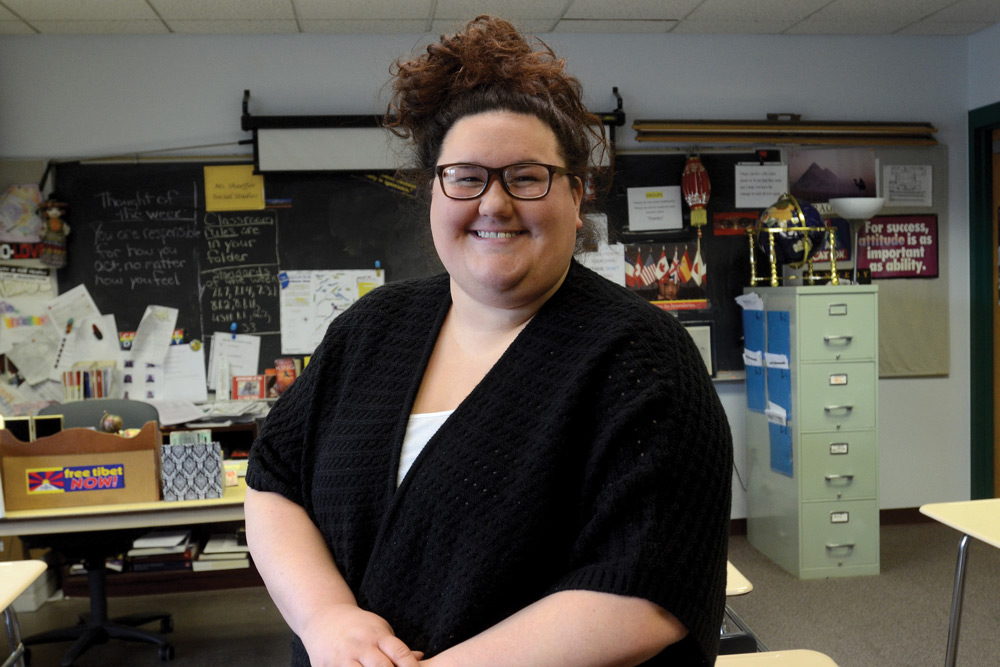24 Jun What It Takes to Bridge the Education Gap

What does it take to improve a nine-year-old girl’s delayed reading level from 2nd to 3rd grade in 21 days? Or engage a former substance user in history lessons? Or get a boy refusing school so interested he wants to go more than required?
Ask Lindsay Price, Lead Educational Assistant (EA) for the YOC. She heads a team of five super-tutors who apply their skills across campus to assist kids who are disengaged, refusing school and/or need individualized attention to increase their skills and build self-confidence.
“We teach them that learning is everywhere,” Lindsay said. “Education is a part of daily life.”
Lindsay’s passion for education comes from a family of educators.Her father was a principal. Her mother was a preschool teacher. A few years ago, as Cottage 6 Manager, Lindsay began to honor a Student of the Week and Student of the Month. One of her girls brought in an A paper and she put it up on the refrigerator like her parents used to do. It became a powerful motivator.
“A papers covered our entire wall because we ran out of room on the fridge!” Lindsay said. “The kids realized their own potential. They didn’t need us to hold their hand anymore.”
In spring 2015, Lindsay moved to Boston to work for Americorps in a school-based community outreach program. She thought she was pursuing her future. At one of her training sessions, someone asked her why she wasn’t helping kids in Indiana.
“It was a good point,” Lindsay said. “I knew then my calling was back at the YOC.”
Today Lindsay empowers her team of Educational Assistants to use innovative methods to bridge the education gap created when kids leave their home schools to receive treatment at the YOC. They often lose heart, become disengaged and refuse schooling.
One 9-year-old girl was reading over a grade level behind until an Educational Assistant began reading her fun stories like Junie B. Jones to speed up her comprehension. Twenty-one days later she had risen from a 2nd to a 3rd-grade reading level.
A 15-year-old boy only came out of his depression when his Educational Assistant connected what the boy knew, drugs, with Al Capone to engage him in a lesson about Prohibition. Now he consistently attends school.
A boy in the TEAM program had no interest in math until his Educational Assistant offered to play Monopoly with him if he went to at least one lesson per day. Now he attends all of the sessions he can.
These stories account for part of the success that has stimulated kids to attend school on a regular basis. The other part is the example Lindsay sets for her Educational Assistants.
“These kids have the ability to overcome significant life obstacles that have been thrown at them. They are resilient, ” Lindsay said. “I believe that every single child has the potential for greatness.”


